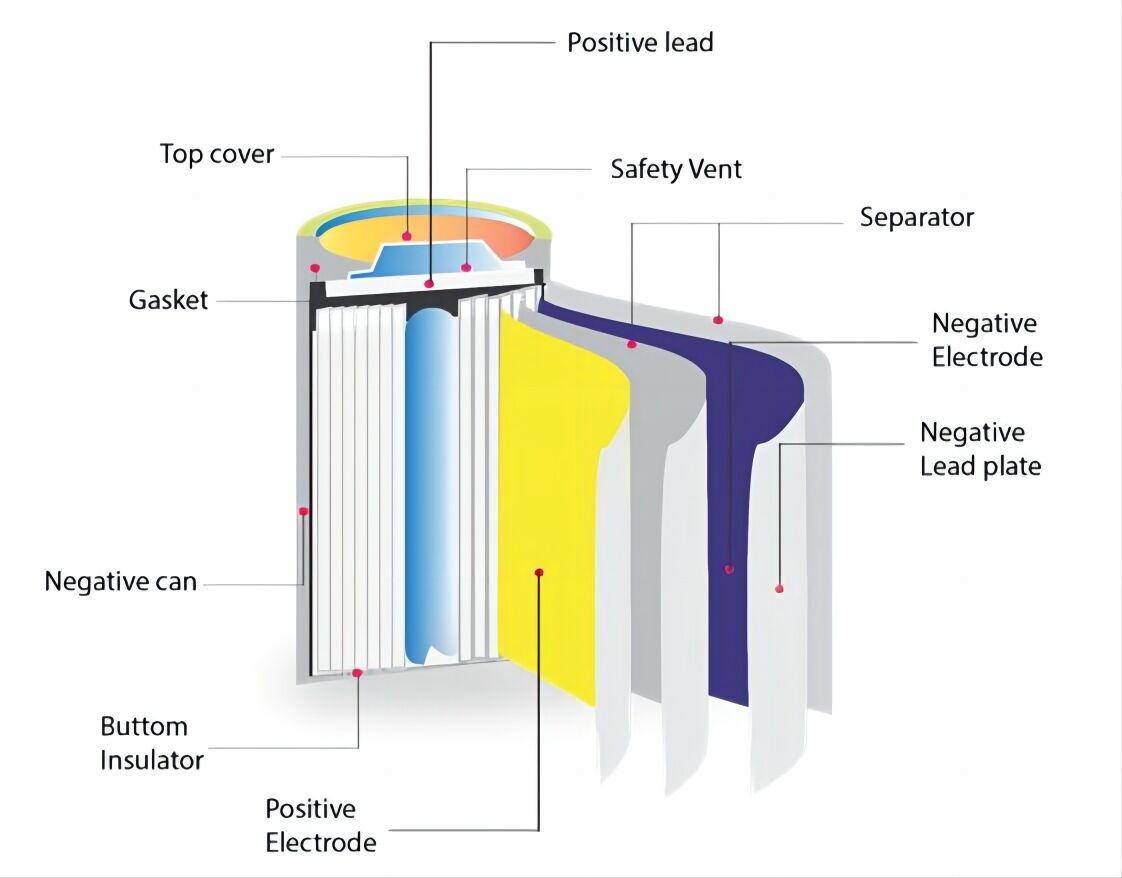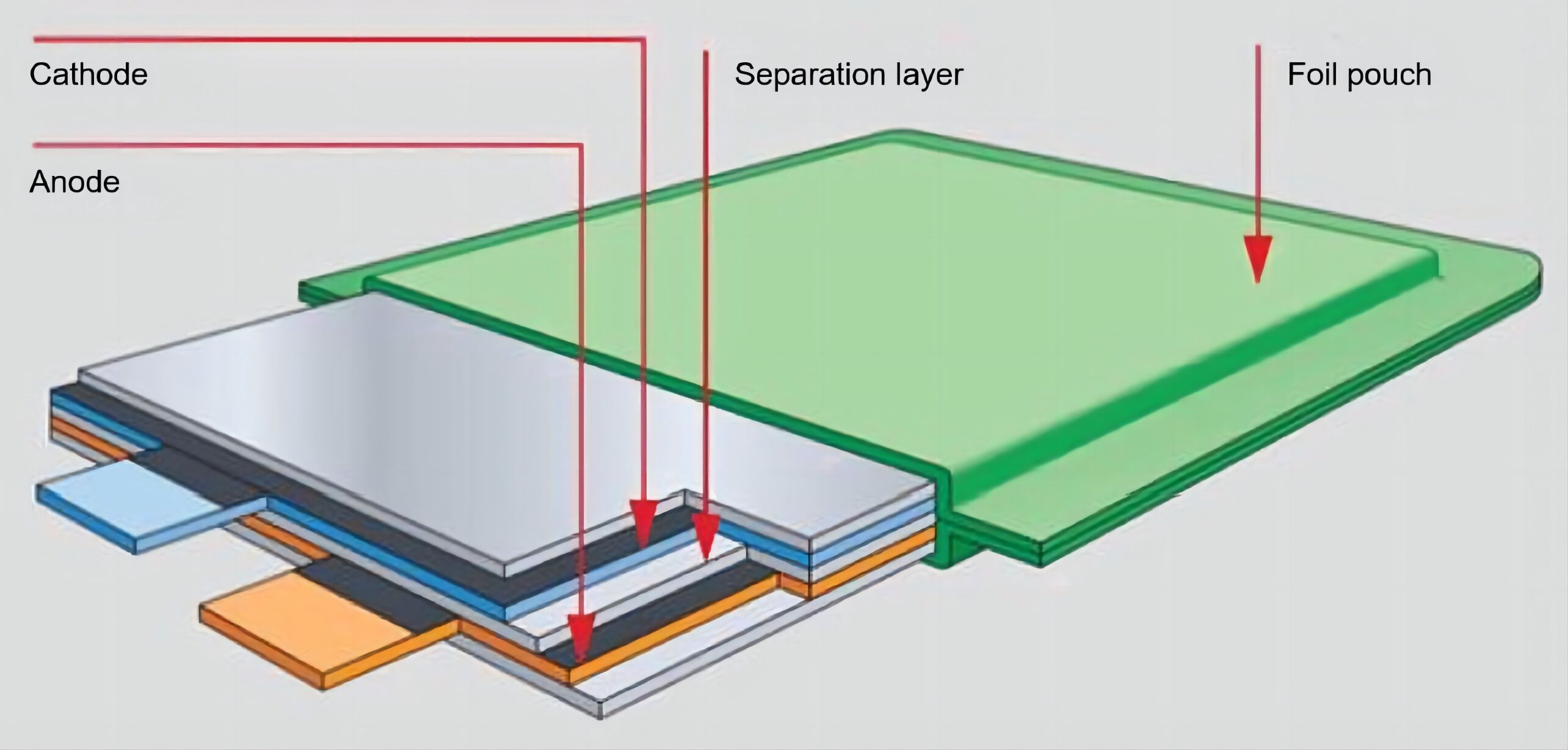News
What are the differences between lithium polymer batteries and lithium ion batteries
With the continuous increase of high-end equipment manufacturing over time, and considering the continuous market demand for green environmental protection, more and more green environmental protection products are being used in the industry market. As far as the battery industry market is concerned, lithium ion batteries have replaced traditional lead-acid batteries in a short period of time with their various characteristics, becoming the backbone of the energy storage industry market. There are many types of lithium ion batteries. In a sense, the emergence of lithium polymer batteries has enabled many electronic products to be fully utilized, such as TWS Bluetooth headsets, such as unique small electronic devices. Let's take a look at which one is better between lithium polymer batteries and lithium ion batteries, and what the difference is.
Analysis of lithium ion batteries
It is a secondary battery (rechargeable battery) that works specifically by relying on the movement of lithium ions between the positive and negative electrodes. During the discharge process, the Li element is inserted and deintercalated back and forth between the two electrodes; during charging, the Li element falls off from the positive electrode and is inserted into the negative electrode through the electrolyte, and the negative electrode is in a lithium-rich state; the opposite is true for discharge. The application prospects of lithium-ion batteries are very broad and boundless. Now they are fully applied to mobile phones and laptops, and are the symbol of modern high-performance batteries.

Types of lithium-ion batteries
According to the different electrolyte materials used in lithium-ion batteries, lithium-ion batteries are divided into liquid lithium-ion batteries (Liquified Lithium-Ionbattery, referred to as LIb) and polymer lithium-ion batteries (Polymer Lithium-Ionbattery, referred to as PLb) or plastic lithium-ion batteries (Plastic Lithium Ionbatteries, referred to as PLb).
Advantages of lithium-ion batteries:
1. Long cycle life. Nowadays, the cycle life of lithium-ion batteries has reached more than a thousand times, and can reach tens of thousands of times at a low depth of discharge, which has exceeded several other secondary batteries.
2. Low self-discharge. The monthly self-discharge rate of lithium-ion batteries is only 6-8%, far less than that of nickel-cadmium batteries (25-30%) and nickel-metal hydride batteries (30-40%).
3. No memory effect. It can be charged at any time according to regulations, and it is not easy to reduce battery performance.
4. No pollution to the ecological environment. No toxic or harmful substances are found in lithium-ion batteries, which are well-deserved "environmentally friendly batteries". Lithium polymer batteries are an upgraded generation of batteries, which entered the professional market in 1999 with mass production.
5. High working voltage. The working voltage of lithium-ion batteries is 3.6V, which is three times the working voltage of nickel-cadmium and nickel-metal hydride batteries.
6. High specific energy. The specific energy of lithium-ion batteries has now reached 140 Wh/kg, which is three times that of nickel-cadmium batteries and 1.5 times that of nickel-metal hydride batteries.
Advantages of polymer batteries
Lithium polymer batteries are basically the same as lithium-ion batteries except that the electrolyte is solid polymer instead of liquid electrolyte. Polymer electrolyte materials are various types of plastic films composed of power-law fluids, in which the main polymer such as polyethylene oxide acts as an immobile solvent. The advantages of lithium polymer batteries are that they can be made into any style and are relatively light, because they do not contain heavy metals and have a plastic metal shell to keep the electrolyte from leaking.

1. Lithium polymer batteries have low self-discharge and large battery capacity. After being placed for a long time, the capacity loss is also small. Polymer lithium-ion batteries have a capacity 10-15% higher than steel shell batteries of the same size and 5-10% higher than aluminum shell batteries. They have become the first choice for color screen mobile phones and smart phones. Nowadays, most of the newly launched color screens and smart phones on the market also use polymer batteries. 2. Polymer batteries have a long life and can be customized to meet customer needs. Under normal circumstances, their cycle life can reach more than 500 times. We, the manufacturer of lithium polymer batteries, should not stick to the standard shape, and can economically make more suitable sizes. Polymer lithium-ion batteries can increase or decrease the thickness of the battery cell according to the market needs of customers. The developed battery cell models are affordable and have a short proofing cycle. Some can even be customized according to the shape of the mobile phone to make full use of the battery metal shell space and increase the battery capacity. 3. Polymer batteries have no memory effect and are safe. There is no need to drain the remaining power before charging, which is convenient and durable to use. Polymer lithium-ion batteries use aluminum-plastic soft packaging in structure, which is different from the metal shell of liquid batteries. If a safety hazard occurs, liquid batteries are more likely to explode, while polymer batteries will only bulge at most.
Which one is better, lithium polymer battery or lithium ion battery?
Lithium polymer battery is better.
The performance of both is relatively good. The ideal storage capacity of lithium polymer batteries is several thousand mAh, and it is safer and more stable. The solid electrolyte is like a sealed jelly, which is not easy to disintegrate over time during the charging process. Lithium polymer batteries are upgraded products of lithium ion batteries. Compared with the popular lithium ion batteries today, it has the advantages of large capacity, small size (thin), safety and reliability (no explosion). However, considering that the upgrading of the entire industrial development chain takes a period of time, its cost is still relatively high, and it is only used in high-end customized digital electronic products (two-in-one laptops, etc.).
Differences between lithium polymer batteries and lithium ion batteries
The positive and negative electrode materials used in polymer lithium ion batteries are the same as those of liquid lithium ions. The positive electrode materials are divided into lithium cobalt oxide, lithium manganese oxide, ternary materials and lithium iron phosphate materials, and the negative electrode is high-purity graphite. The working principle of the battery is also basically the same.
The specific difference between the two lies mainly in the difference in electrolytes. Liquid lithium ion batteries use liquid electrolytes, while polymer lithium ion batteries use solid polymer electrolytes. This polymer can be "dry" or "colloidal". Most of them now use polymer gel electrolytes.


